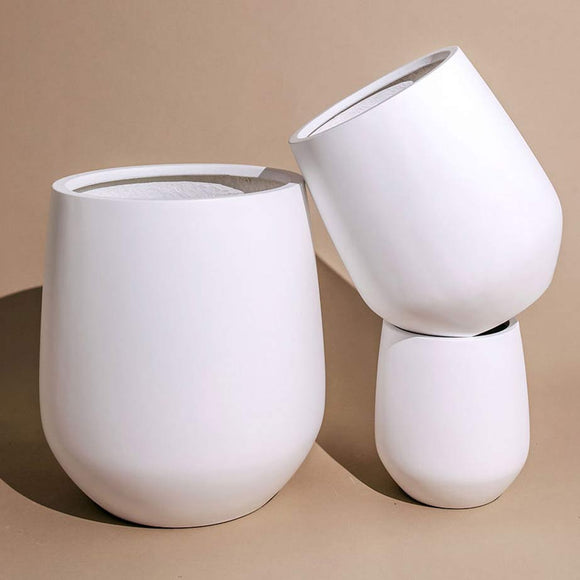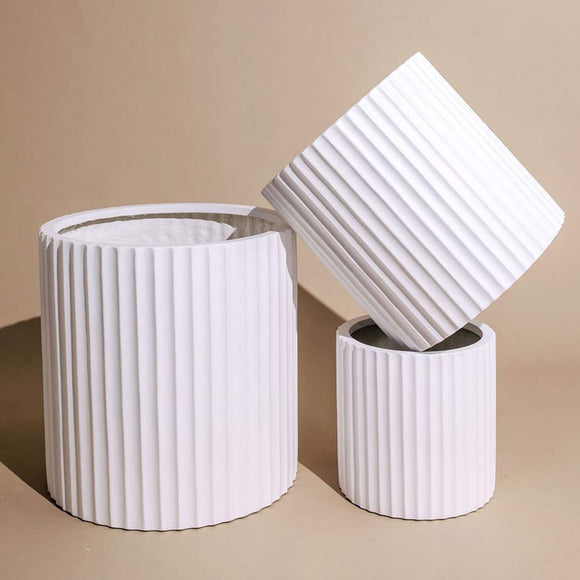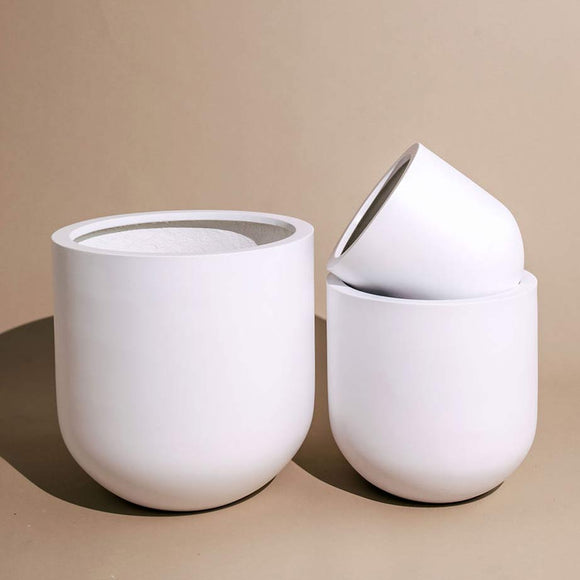Boston Fern- Nephrolepis exaltata
The Boston Fern, also known as Nephrolepis exaltata, is a popular houseplant that has been enjoyed by plant enthusiasts for centuries. This tropical beauty is native to South America, but it is now grown in many parts of the world as an indoor plant. Its lush and delicate fronds make it a favourite among fern lovers and those who appreciate a bit of greenery in their homes.

General Care
Light
Thrives in bright, indirect light. Too much direct sunlight can damage its leaves, so it is best to place it where it will receive plenty of light but no direct sun. If your fern is not getting enough light, it may turn yellow or brown.
Water
The Boston Fern likes to be kept consistently moist but not waterlogged. Water your fern regularly, allowing the top few cm's of soil to dry out before watering again. Ensure the pot has proper drainage, as standing water can lead to root rot. If you notice that the fronds are wilting or turning brown, it could be a sign of either too much or too little water.
Humidity
This bushy beauty thrives in high humidity. It is best to keep it in a room with a humidity level of 50% or higher. You can increase the humidity around your fern by misting it regularly, placing it on a tray filled with pebbles and water, or using a humidifier. Dry air can cause the tips of the fronds to turn brown and crispy.
Soil
The Boston Fern prefers a well-draining potting mix that is rich in organic matter. You can use a commercial potting mix designed for ferns or make your own by combining equal parts peat moss, perlite, and vermiculite. Avoid using heavy soils that retain too much moisture, as this can lead to root rot.

Common Problems
One of the most common problems with the Boston Fern is dry air. As mentioned earlier, dry air can cause the tips of the fronds to turn brown and crispy. Another common problem is spider mites. These tiny pests can cause yellowing and curling of the fronds. If you notice spider mites, spray the fern with water and dish soap to help control the infestation. Fungal diseases such as leaf spot can also be a problem, especially if the fern is kept in a damp environment. Make sure to keep the fern well-ventilated and avoid getting water on the leaves.
















